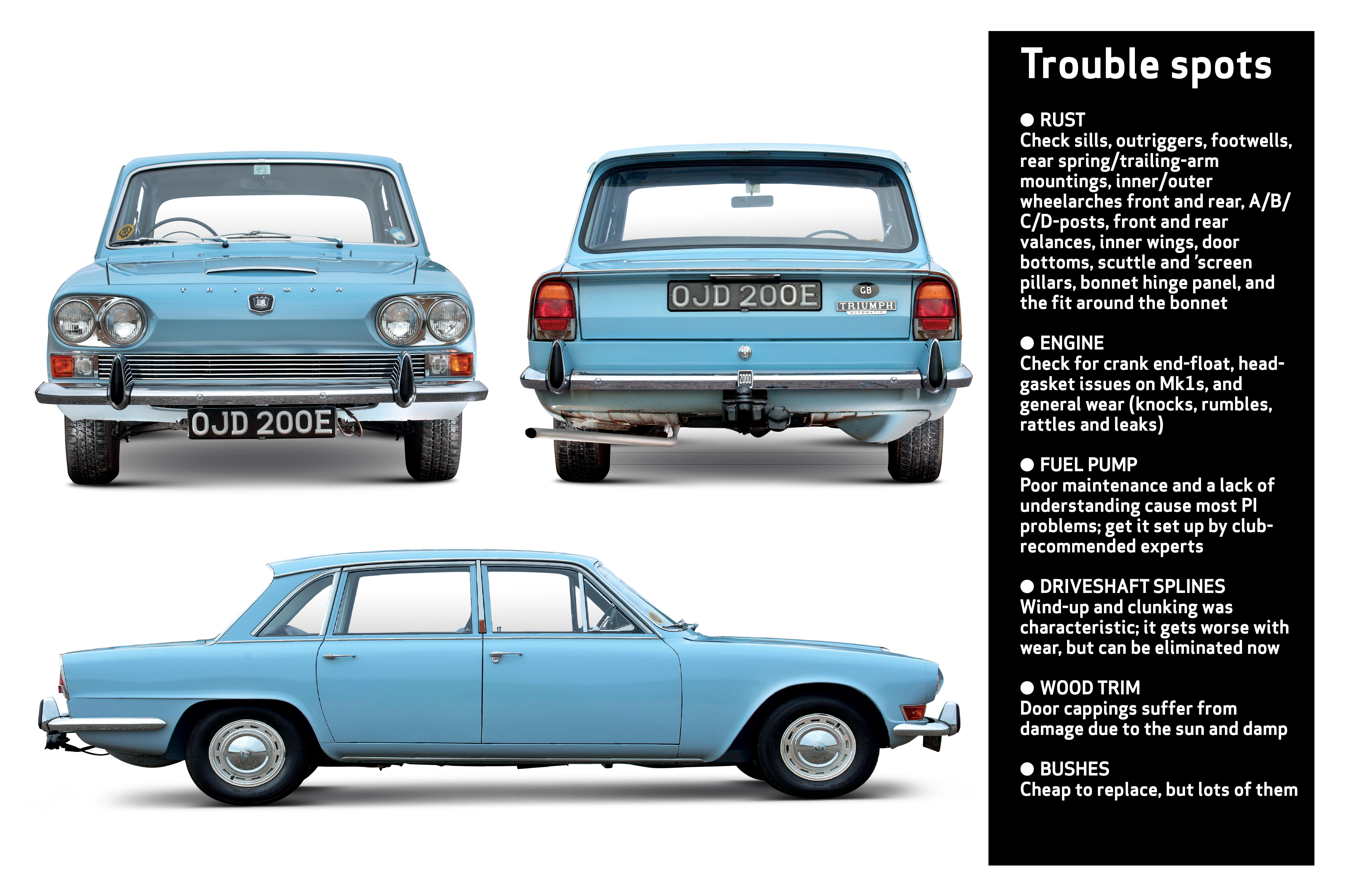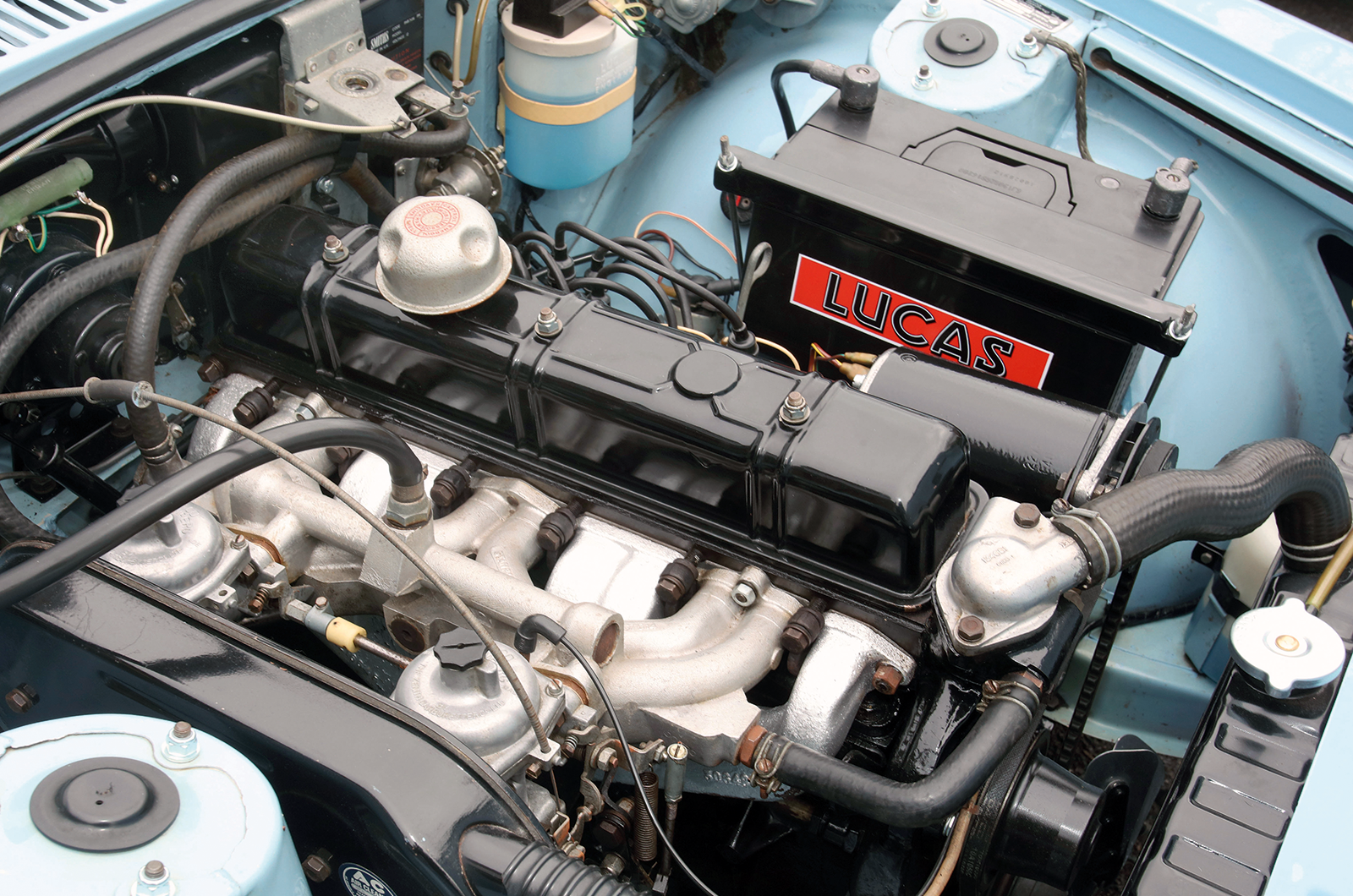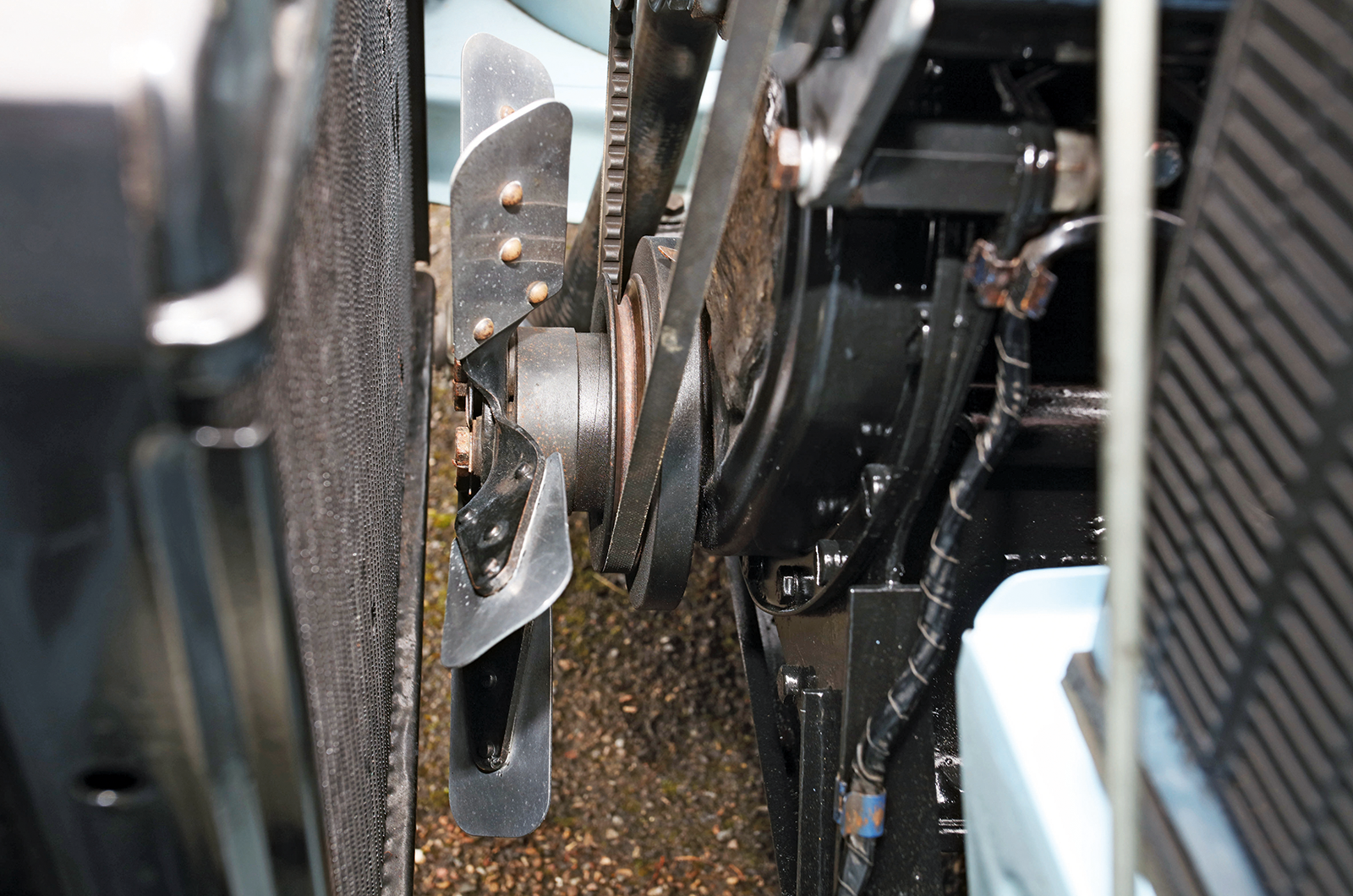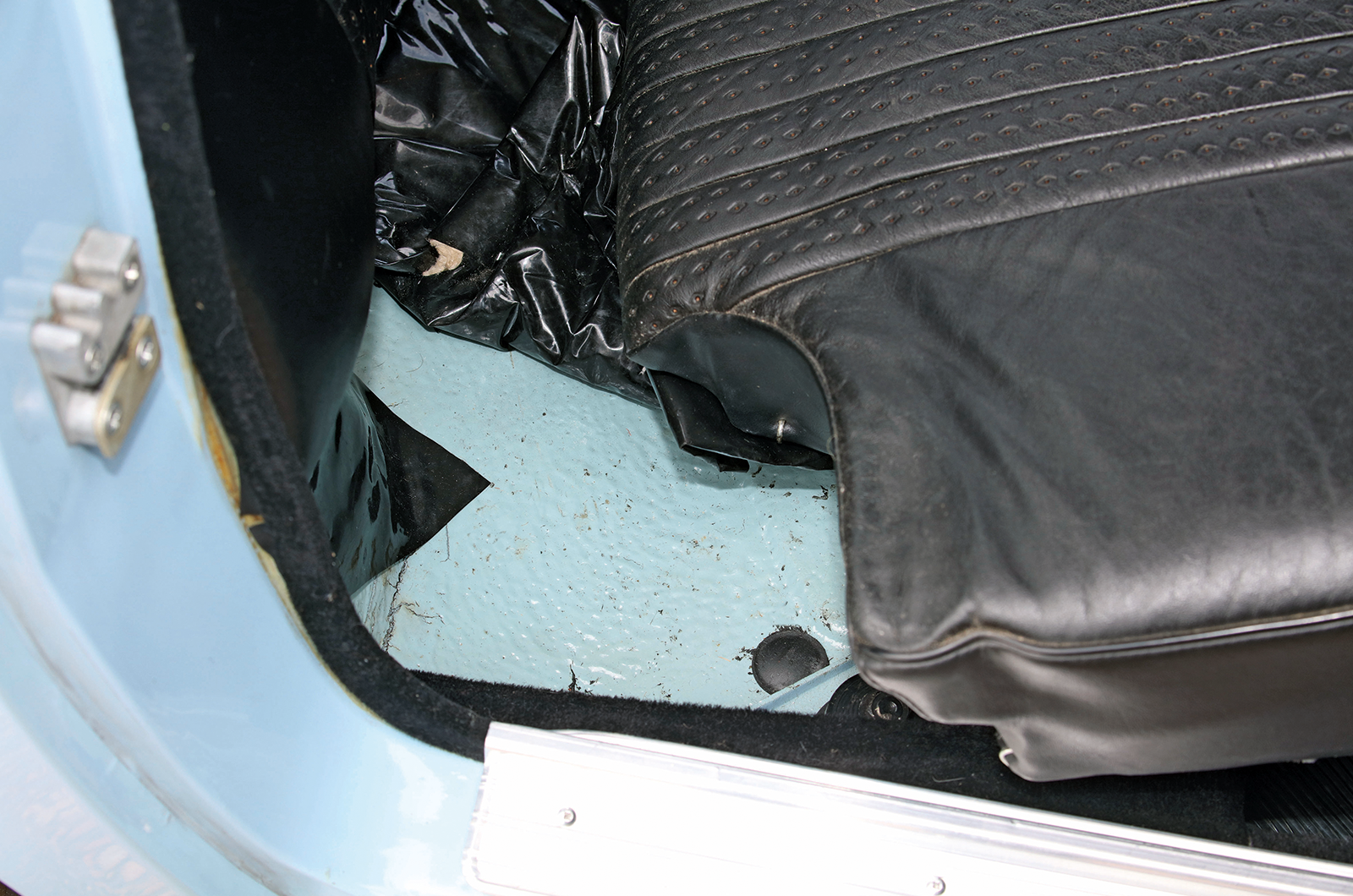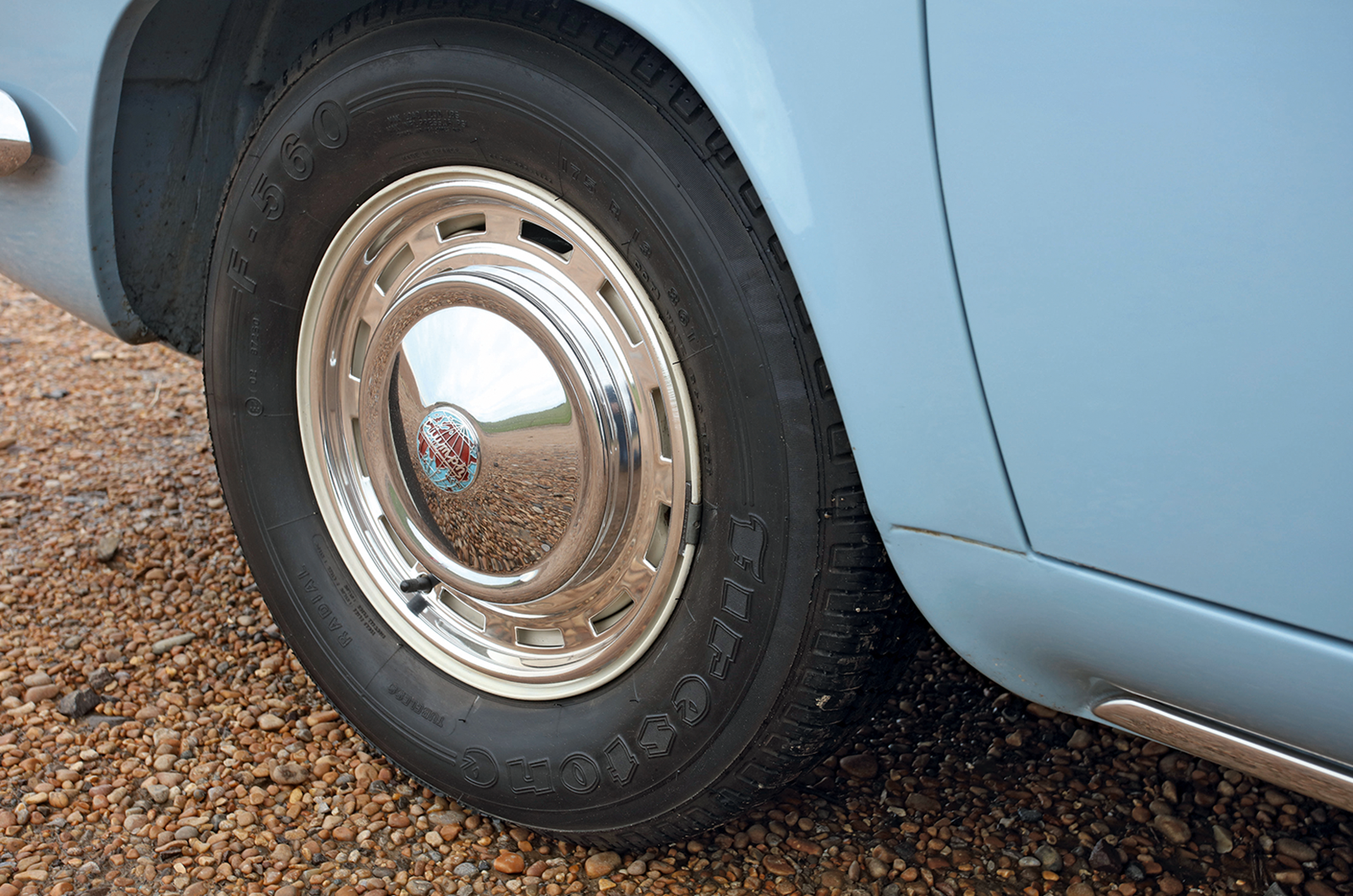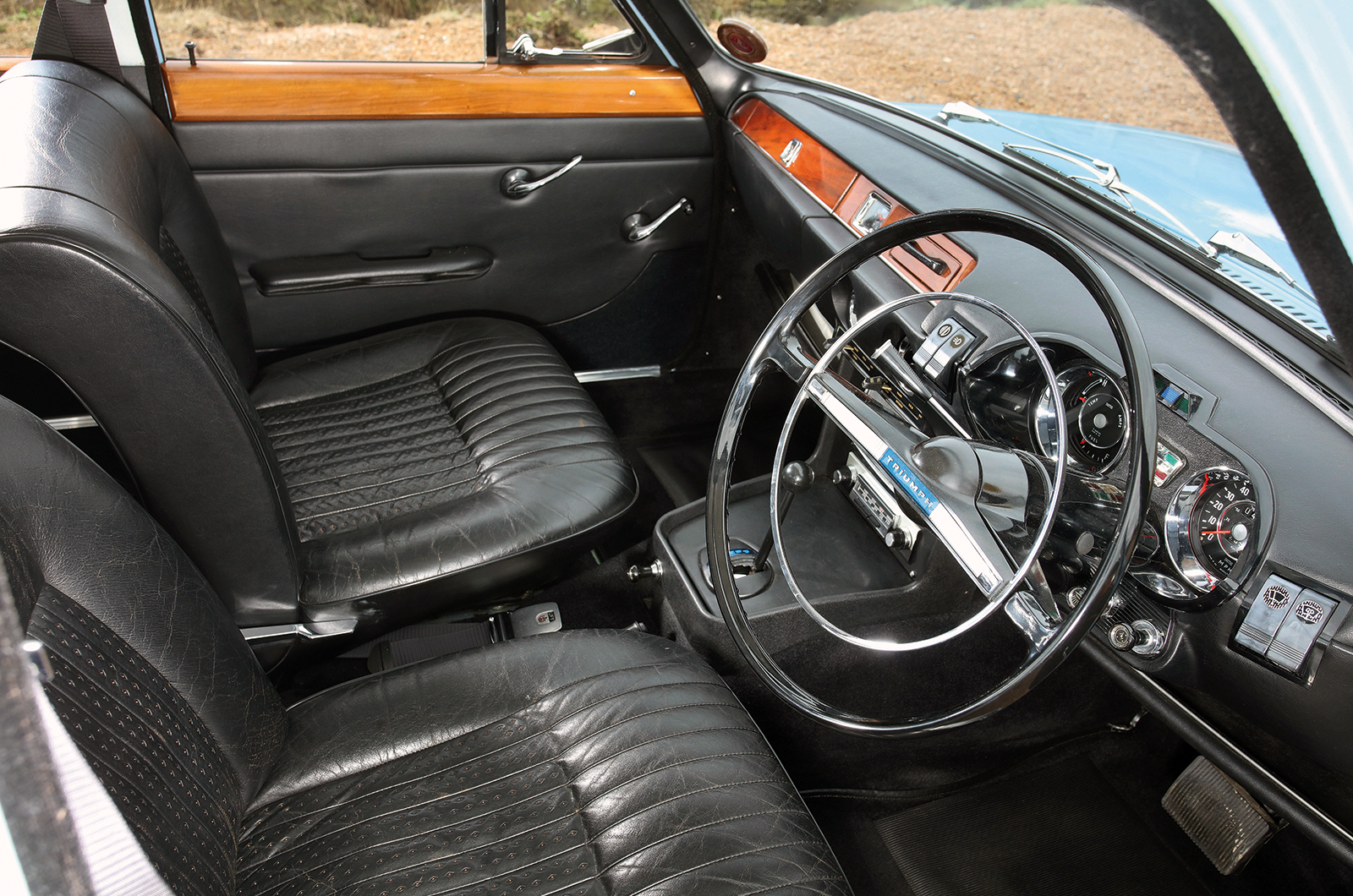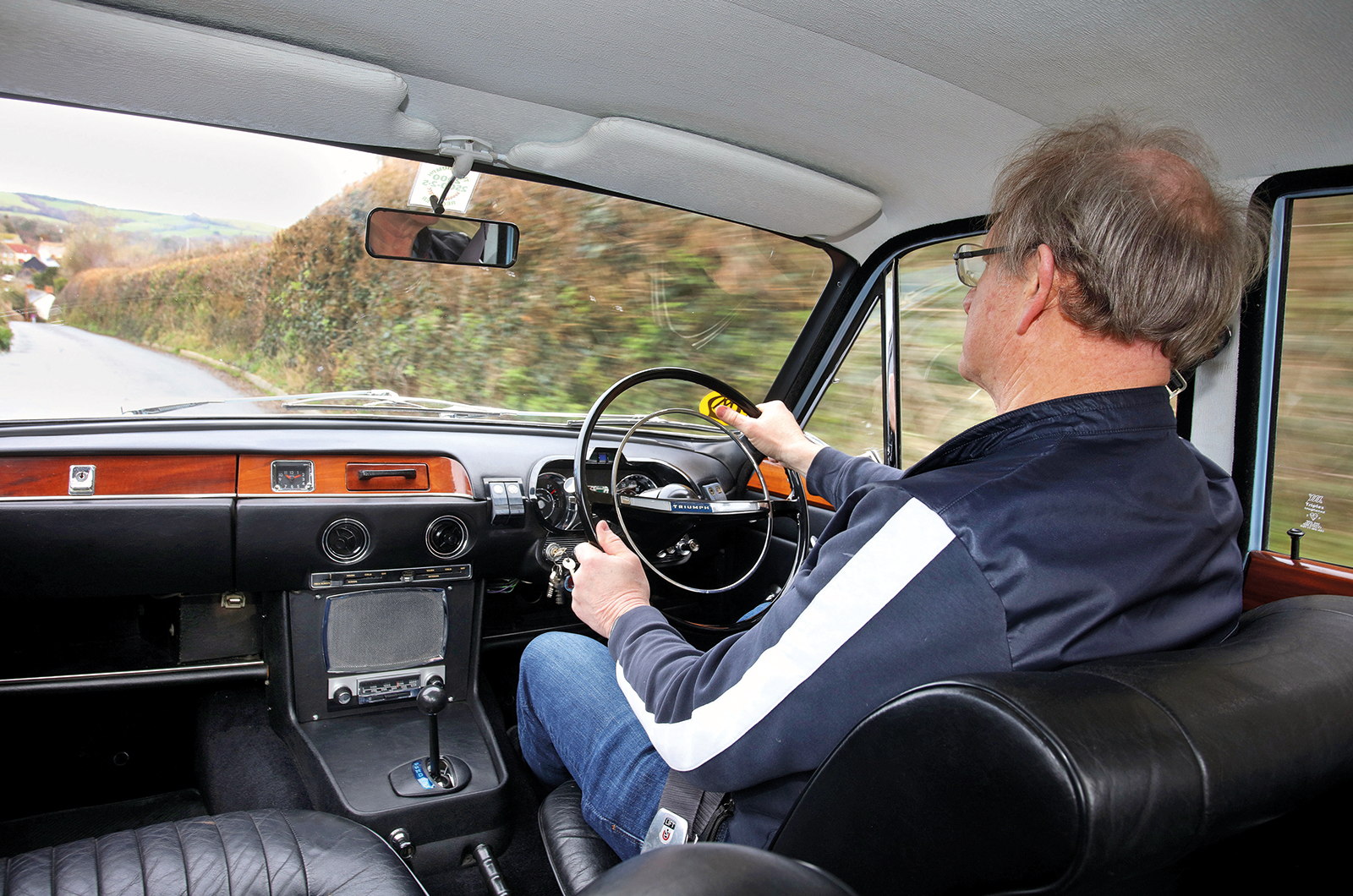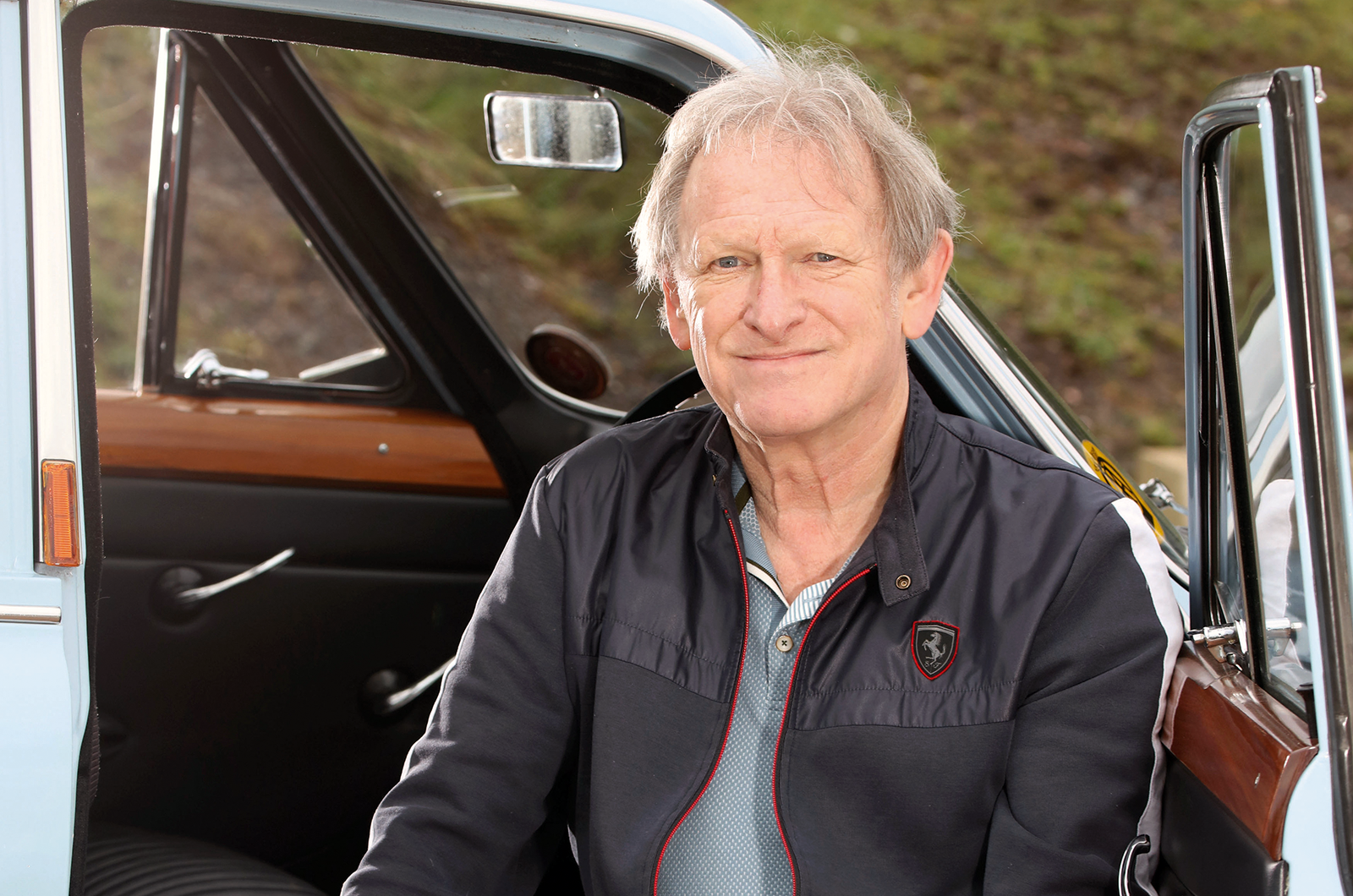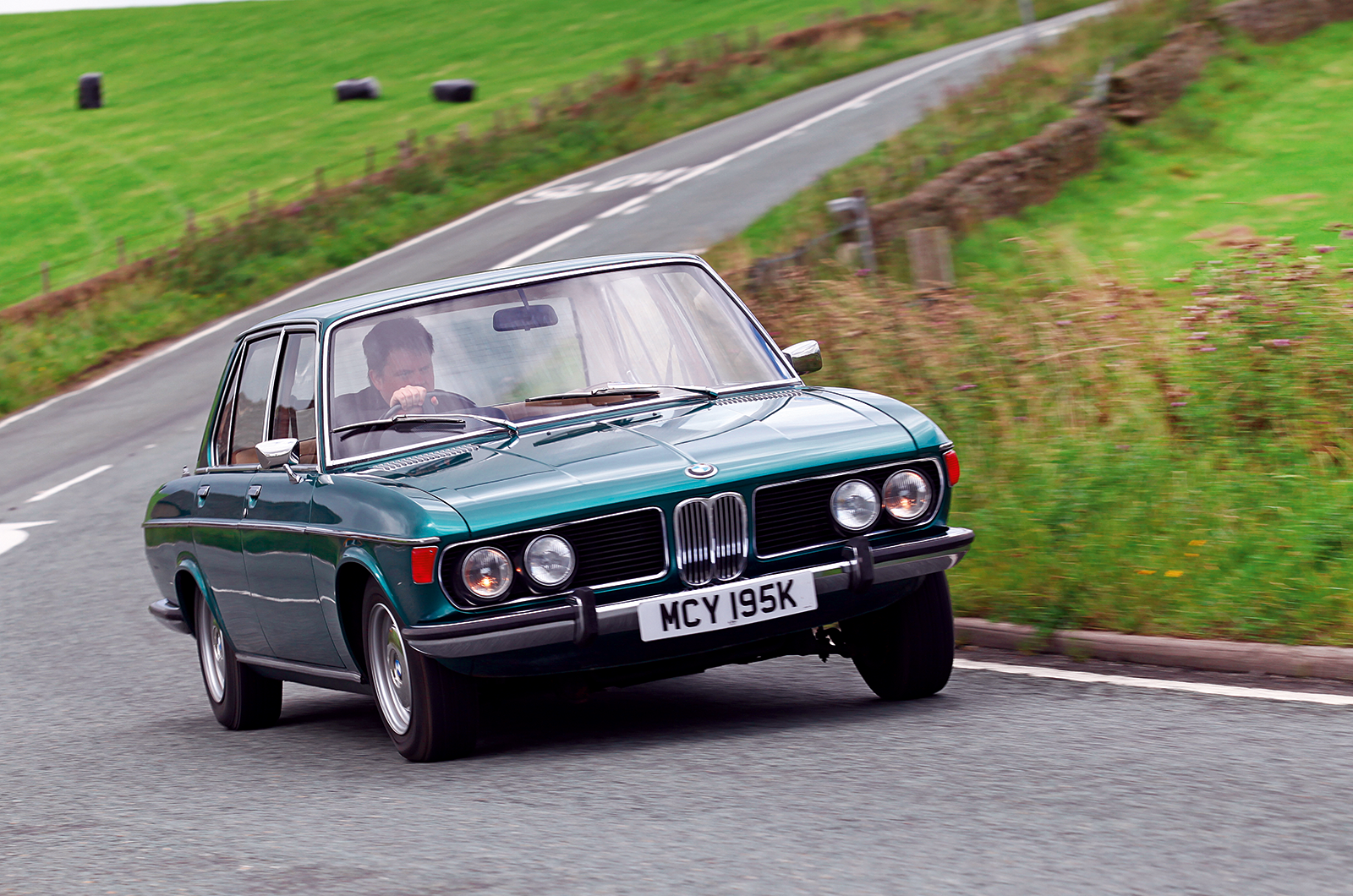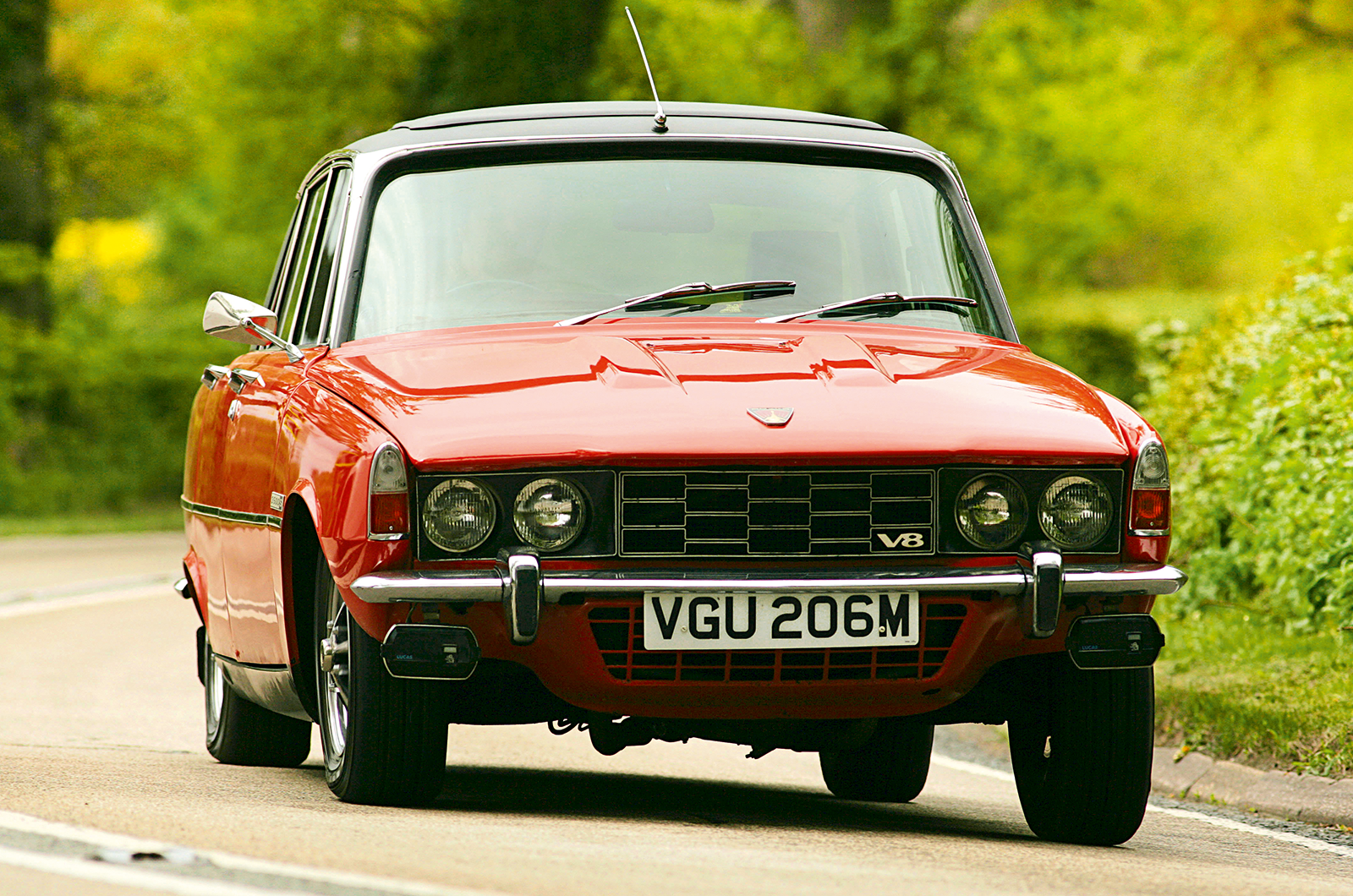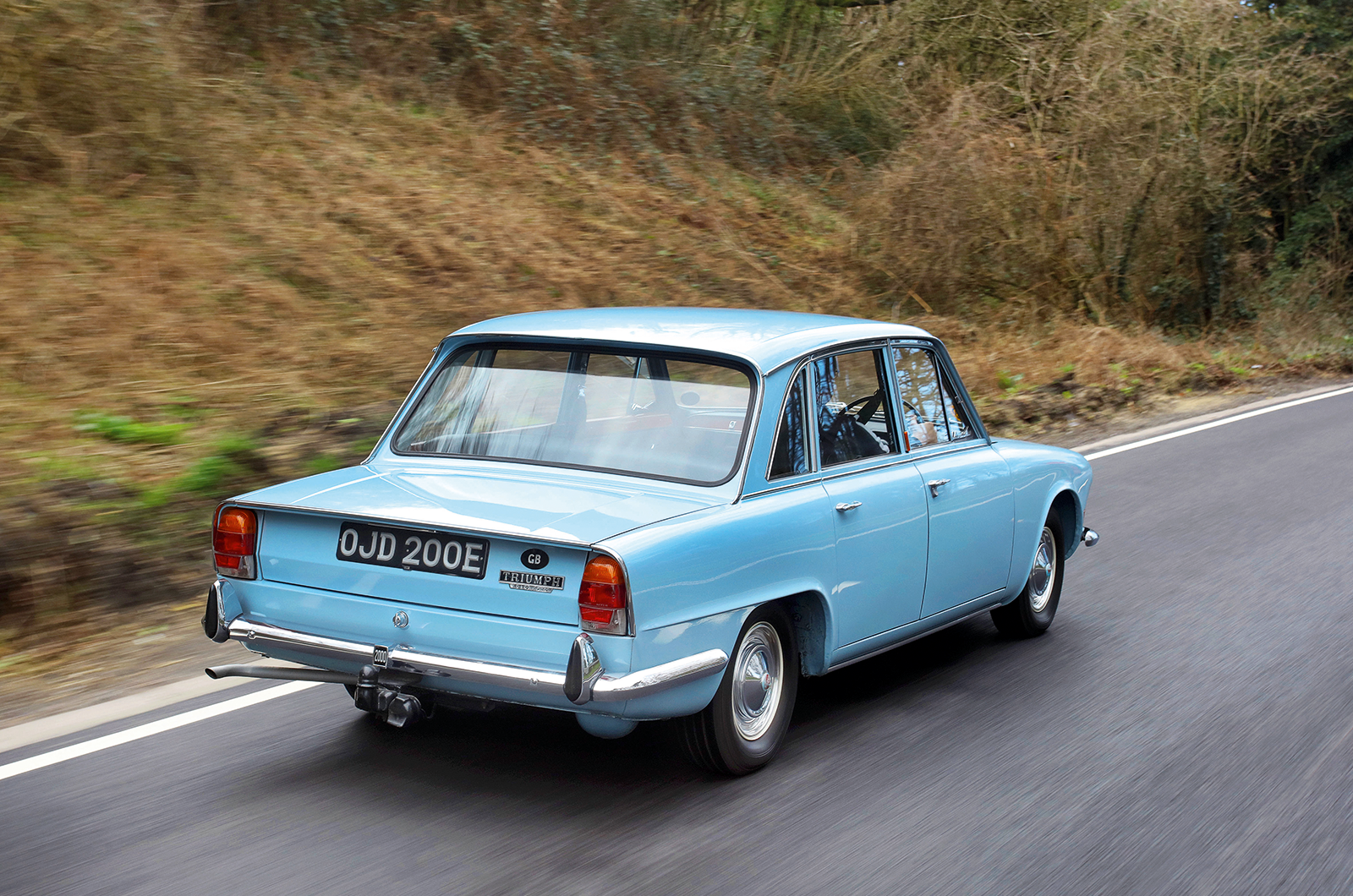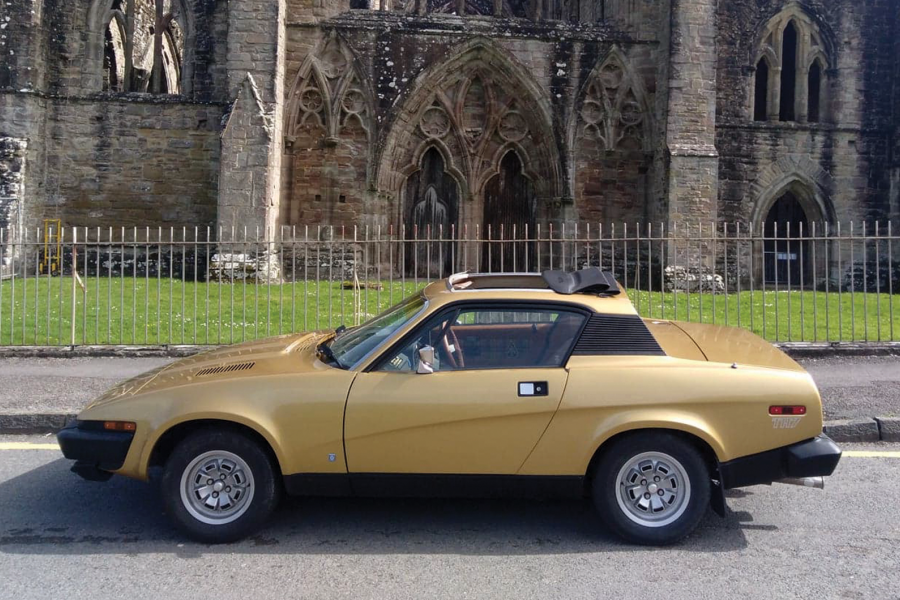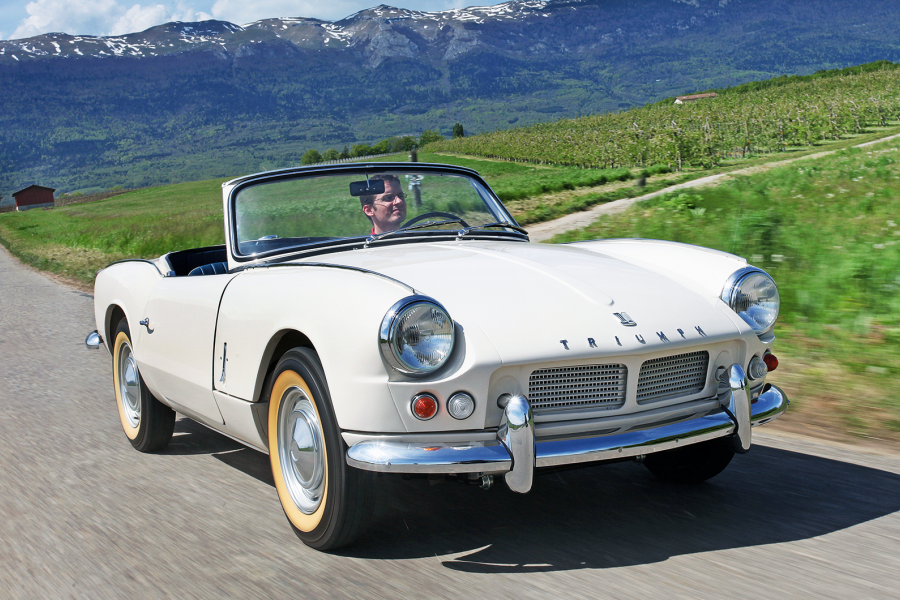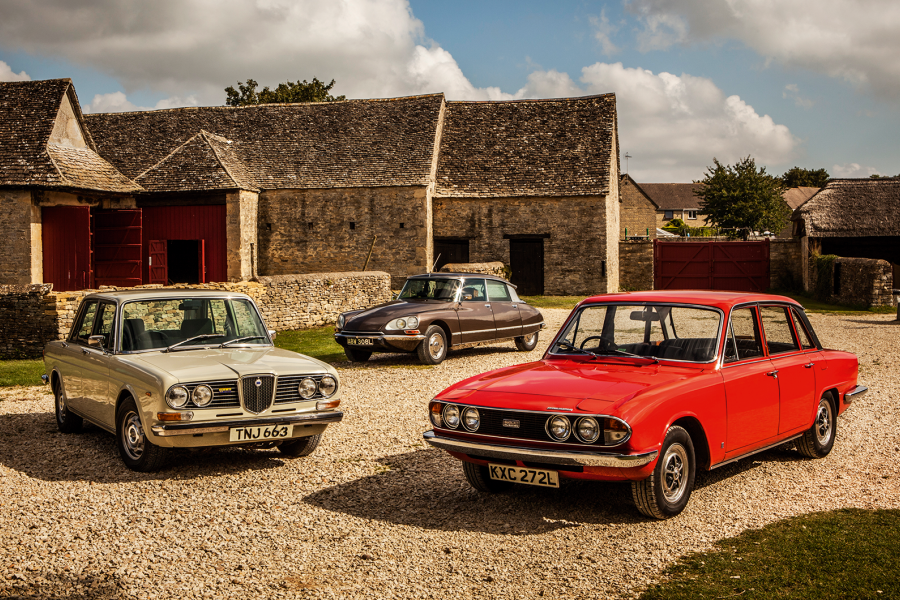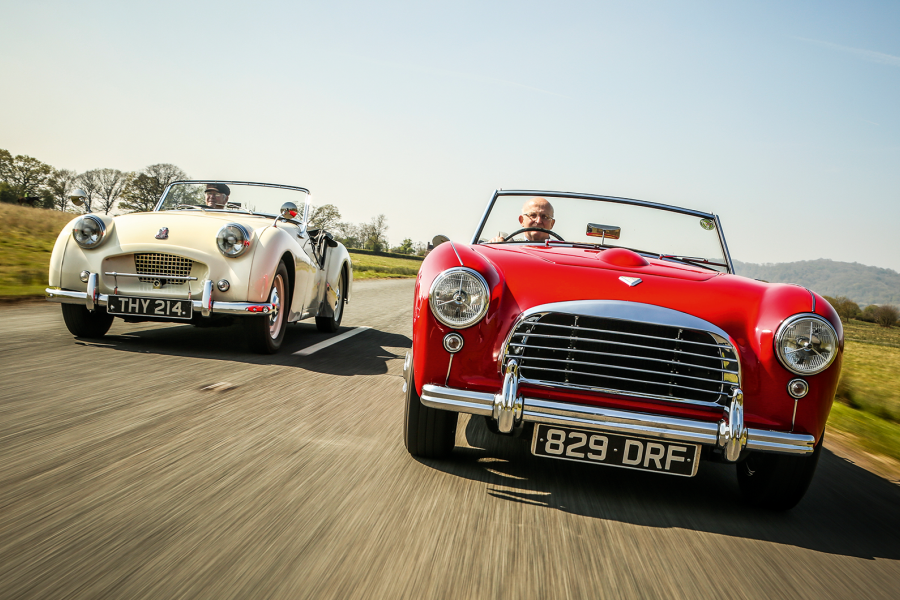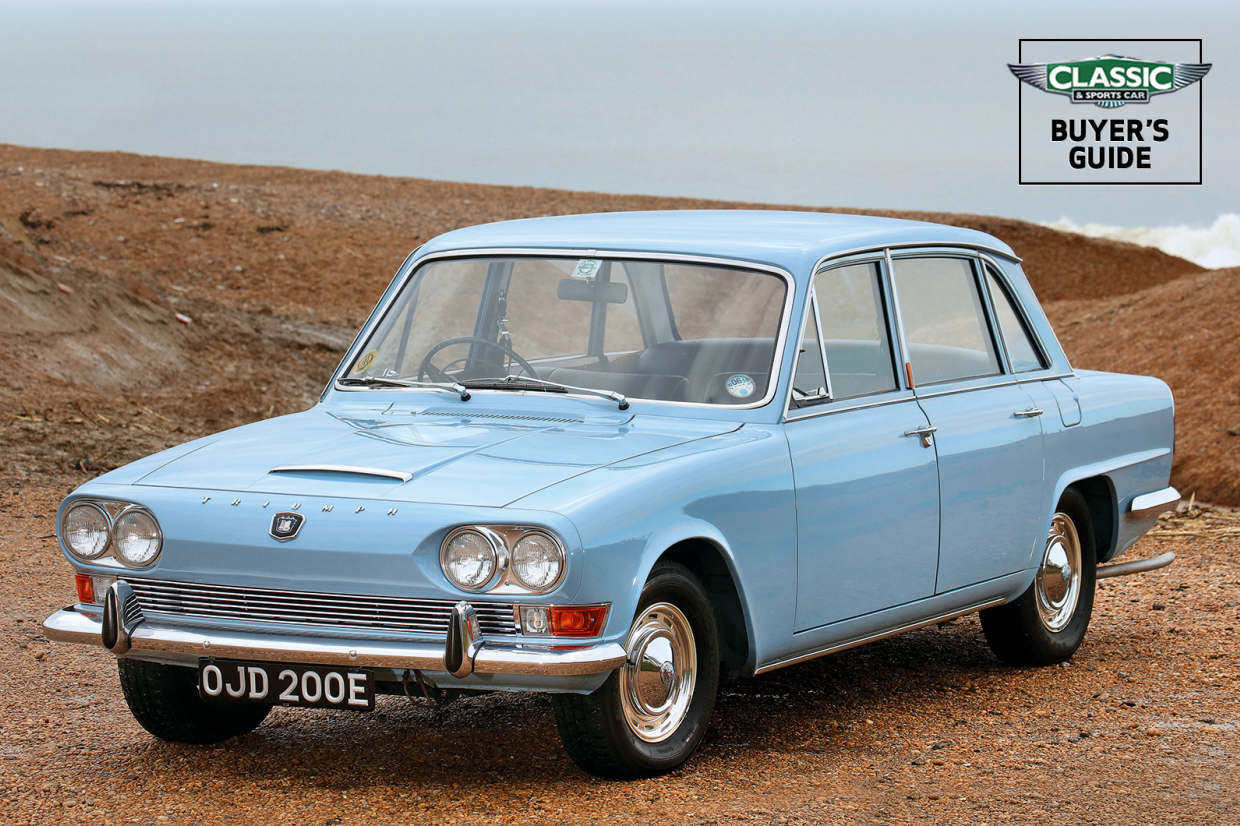
Why you’d want a Triumph 2000/2500/2.5
The 2000 was important in the Standard-Triumph story.
The firm was always a bit small to compete head-on with rivals such as BMC, and battled on with separate chassis construction for the Herald/Vitesse/Spitfire/GT6 family and the TRs long after others went monocoque, and its Standard marque was dying in the water.
Styled by Giovanni Michelotti, the 2000 was the first monocoque Triumph, replacing the Standard Vanguard with a car that was almost infinitely more modern.
It was stylish, airy, comfortable, lively, smooth, quiet, economical and handled well: an outstandingly complete package.
The six-cylinder engine was ultimately derived from the 803cc Standard Eight ‘four’, with two cylinders added and brought up to two litres of silky straight-six
The new, all-synchro four-speed gearbox, with optional overdrive, was a great step forward; other advanced features included built-in rear seatbelt mountings and generously adjustable reclining seats that could turn the interior into a passable double bed.
Dropping in the TR5’s 2.5-litre injected lump gave the car a whole new lease of life, creating an understated hot rod with 0-60mph in sub-10 secs and minimal changes required to the running gear.
A 5800rpm rev limiter was a wise addition to the long-stroke unit and well-chosen gearing gave a 111mph maximum in direct top, but easy 100mph cruising in overdrive.

